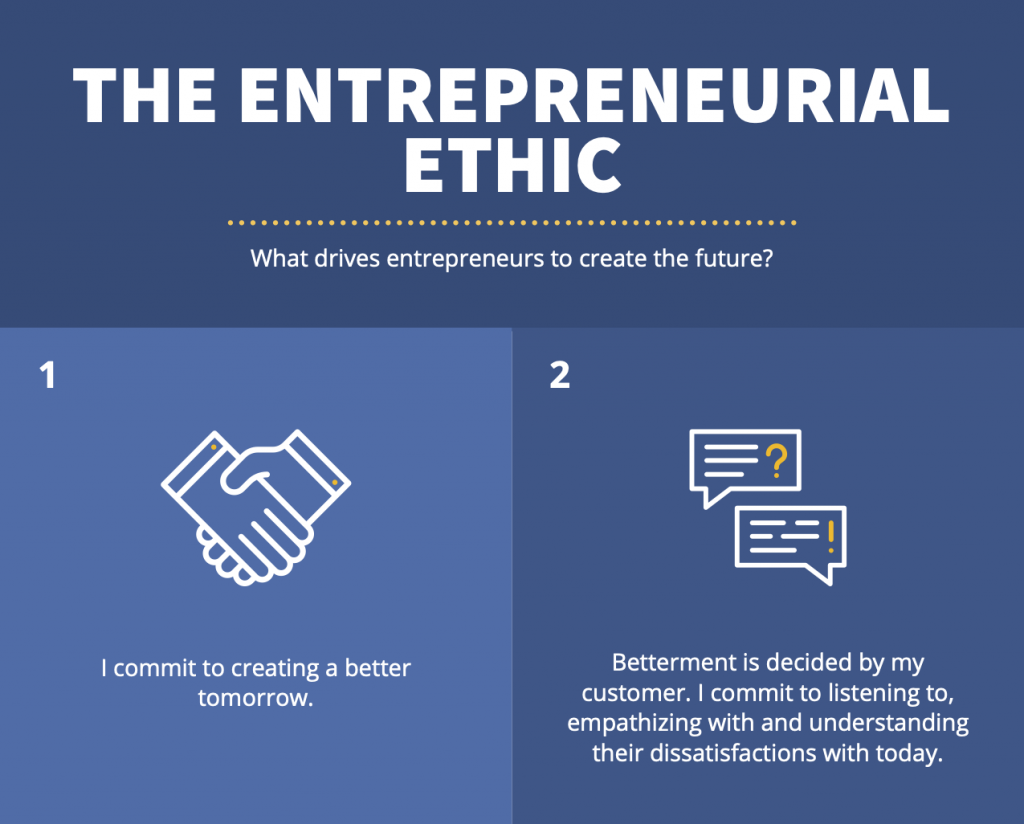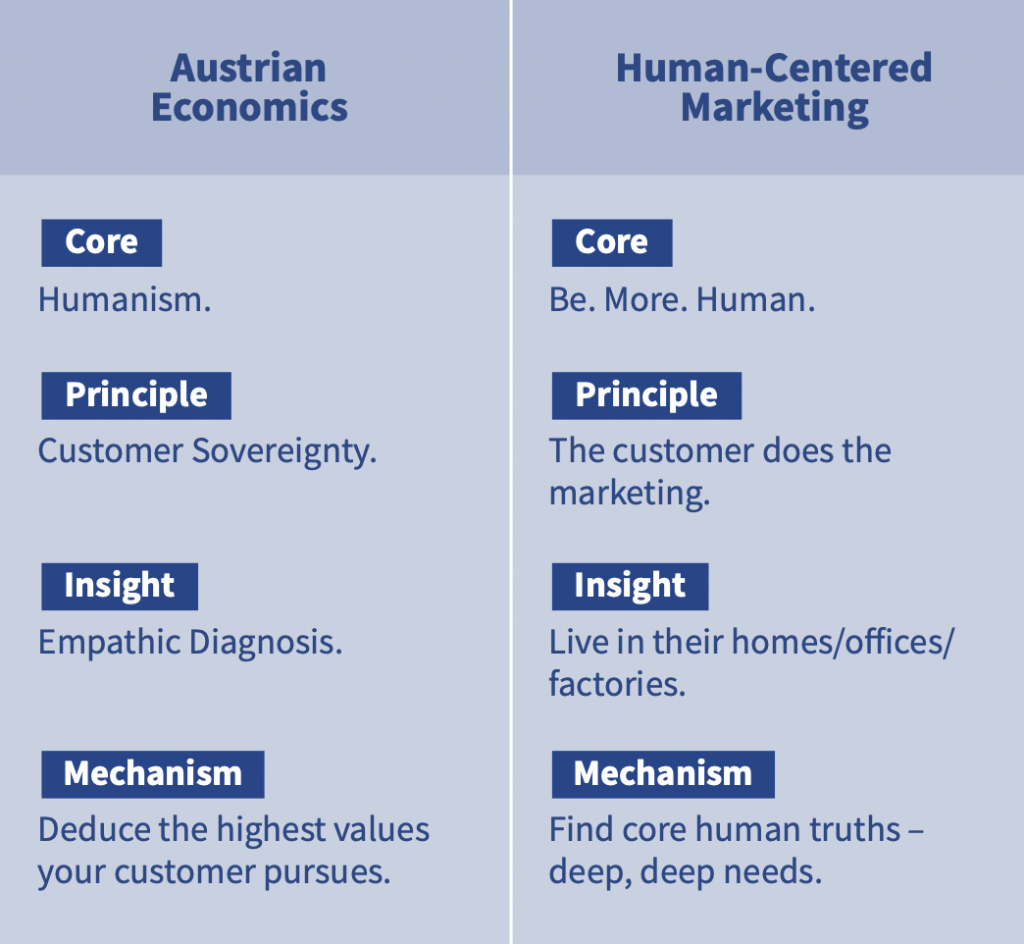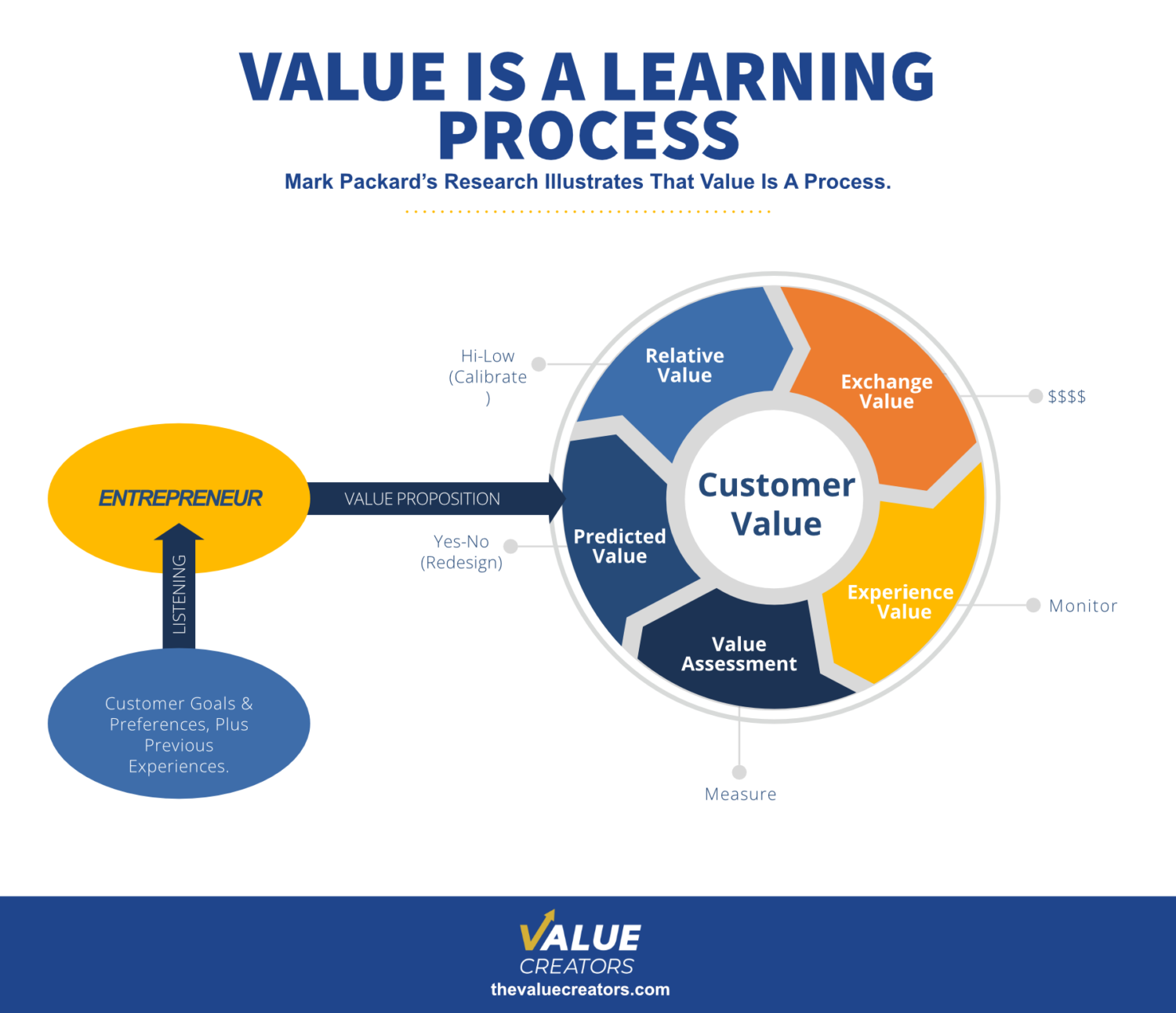53. The Entrepreneurial Ethic: What Drives Entrepreneurs to Create the Future?
Non-one has thought more deeply about the entrepreneurial ethic than Per Bylund. The subject is critical for understanding the source of energy in the free market system, the sources of economic growth, the creation of value, the making of a just and moral society, and the success of individuals and firms who make the commitment to entrepreneurship.
This week on Episode #53 of the Economics for Entrepreneurs Podcast, I talked to Per about these deeply important subjects.
Key Takeaways And Actionable Insights
The role of the entrepreneur is vital to economic growth, individual well-being and social cohesion. But individual entrepreneurs are not trying to grow the economy or promote a better society. Their goals are individual – to serve one customer by improving their lives with better service and innovation directed at meeting their needs and wants.
Entrepreneurs create the future…
Tomorrow will be different. Tomorrow is created by entrepreneurs. From the high street store owner introducing new inventory to the high tech founder introducing new features, entrepreneurs actively participate in changing the future to the way they want it to be.
…and thereby change the world.
Real change happens through value exchange in the marketplace, facilitated by real entrepreneurs. Changing the world is a matter of responding to customer dissatisfactions, and not false impulses like so-called “social entrepreneurship”.
To create tomorrow, follow the entrepreneurial ethic.
The entrepreneurial ethic is the belief in taking action to deliver an experience of value to the customer. Customers always feel that things could be better in some aspect of their lives. Entrepreneurs are people who bring that betterment. They do so voluntarily, without fraud or coercion, or deception. Their ethic is to improve the lives of one customer at a time, and then eventually a whole segment of customers, and ultimately of all customers. One entrepreneur serving one customer leaves resources available for another entrepreneur to help another customer. It all rolls up to a better society.
The mechanism of the entrepreneurial ethic is customer betterment.
Entrepreneurs decide on principles for their business – how are they going to facilitate value – and then seek mechanisms to implement their principles. They put theory into practice, operationalizing the Austrian economics idea of the economy as a process for getting to customer satisfaction. For example, they apply Austrian Capital Theory by always making sure that any investment they make in their business contributes to customer betterment. If it’s not important for the customer, they don’t make the investment. If it is, they do. Customer sovereignty is the theory; always asking what the customer will think of any action the entrepreneur takes is the practice.
Betterment is decided by the customer.
The entrepreneurial ethic is that the customer is the boss. The entrepreneur seeks to understand the need for betterment. It is a feeling on the customer’s part, sometimes inarticulate. Customers can’t tell entrepreneurs exactly what they want, but they can express dissatisfaction with the status quo. The entrepreneur gives form to the customer’s dissatisfaction by developing a new value proposition for a new service or product. Do they always get it right? No. The customer’s inarticulateness makes accuracy difficult, and the customer dynamic is continuous change, always rebalancing preferences. The entrepreneur submits to the customer’s decision.
The entrepreneur solves uncertainty, for themselves and society.
Future uncertainty can sound like a burden or a barrier. Entrepreneurs solve this problem. Firstly, they recognize uncertainty. It exists: no-one can know the future. Entrepreneurs break down uncertainty by process. Step-by-step, they set out a pathway to their goal of bettering customer’s lives, knowing that there will be changes along the route as customers change and competitors bring even more change. The mechanism here is learning. Each step reveals new knowledge about whether the entrepreneur has imagined the goal and the path accurately. There will be lots of pivots before reaching the market. The earlier and more frequently the customer value learning can be incorporated, the more accurate the pivots. Entrepreneurs are reflective about every step.
When one individual benefits, there are no losers.
When an exchange does take place, and the world changes as a result, there are two beneficiaries – the customer, who experiences value and the entrepreneur who facilitated it. But no-one loses. There is a false anti-business meme that the success of an entrepreneur can somehow be interpreted as a loss for society. Especially if that entrepreneur becomes a billionaire by helping an especially large number of customers. It’s just not logical. A gain by one individual can not be a loss for society.
The entrepreneur experiences their own kind of value.
A few entrepreneurs become billionaires. Most don’t. They may or may not make more income than they would if they took a corporate job. But the experience of value for the entrepreneur is subjective, just as it is for the customer. They may be pursuing a feeling of self-reliance or a sense of achievement. Importantly, entrepreneurial goals are long-term, often intergenerational. Many individuals start businesses that they can pass on to their children or generate the funds for their children to attend college and become doctors or lawyers or economic professors – positions that the entrepreneurial effort of the parents made possible. Other entrepreneurs set up charitable foundations that can deliver benefits for decades.
Items Mentioned In This Episode
Mises For Business: Mises Institute Economics For Entrepreneurs Podcast Archive – Click Here
Our Austrian Entrepreneur’s Journey Course – Click Here
Per Bylund on Twitter – Click Here
E4E searchable archive of podcasts and free tools – Click Here
Free Downloads & Extras
The Entrepreneurial Ethic: Our Free E4E Knowledge Graphic
Understanding The Mind of The Customer: Our Free E-Book
Start Your Own Entrepreneurial Journey
Ready to put Austrian Economics knowledge from the podcast to work for your business? Start your own entrepreneurial journey.


